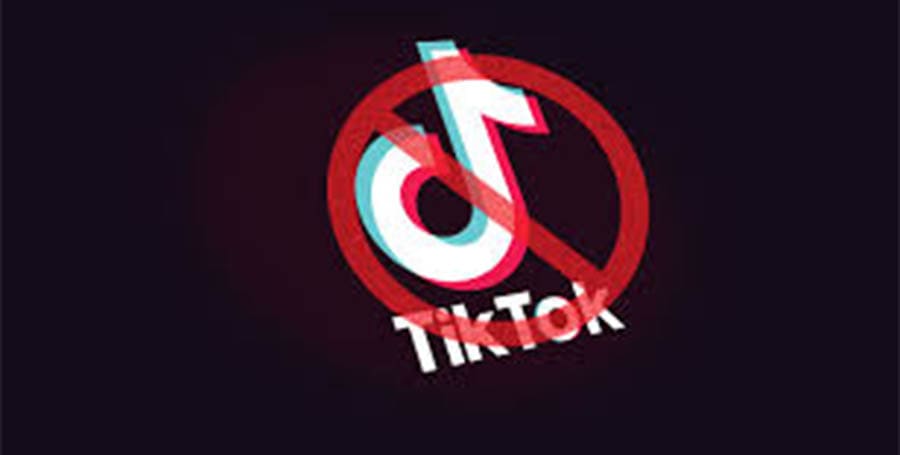
After Vine shut shown in 2016, another platform began to gain popularity among youth, called Musical.ly. The short video based lip-sync application was then merged into a similar application called Tik Tok by the Musical.ly’s new buyer ByteDance. Tik Tik, which had already rose the charts in Thailand, Japan and other Asian Markets, emerged as a break-through app In India. India recorded about 44% of total Tik Tok app downloads in 2019. The application focused on the production of 15-second-lip-synching videos, which introduced a new gamut of artists with a unique set of talent.
Artists on Tik Tok began to gain huge popularity, especially amongst the Indian youth. With millions of followers, these artists became influencers across the internet. From starring in music videos to promoting brands, these artists made successful livelihood for themselves. And not only the artists, but also bands like Myntra, Zara, Shopclues, Snapdeal and Voot have also deployed Tik Tok as a social media vehicle according to a report by Economic Times. The platform was not just another popular application anymore, it was now a name known to every household. As the popularity of Tik Tok skyrocketed, some Hindi Film actors also signed up the platform, increasing its credibility many folds. The app has also been greatly used to spread awareness, harmony and instil values according to this report by The Print.
Tik Tok crossed boundaries of class, caste and gender and was capable of being accessed in many remote areas in India. However, soon the unique content began to receive labels from users and non-users. Argument by many users as to what they saw as “cringe’ content on Tik Tok began to come forth. As millions of users created content, and it was soon segregated into “good’ and “bad” content, Tik Tok’s rise was leaving a residue of dislikes. The youth, formerly engaged in the content had now developed a critical eye towards the content they watched. However, it is difficult to understand at this point if the association of ‘cringe’ content was a result of resentment towards a certain class of people and the same can be argued on the norms of what actually “good’ content is.
But, things started getting uglier and tougher for Tik Tok India after video content glorying rape culture, violence and acid attacks started to go viral across the internet. Questions arose on the popularity of such videos and why the similar scripts were widely used by number of Tik Tok stars. This included popular names on Tik Tok. Popular Hindi Film actors like Swara Bhaskar came out on her social media against the objectionable content. But it was only till popular Indian YouTube Star CarryMinati posted a video roasting Tik Tok stars took internet by storm, giving rise to the “YouTube vs Tik Tok” internet battle.
The controversy surged when the roast video was taken off by YouTube after reaching over 70 Million views. The application received a huge backlash with a few weeks and was highly condemned across internet as well as news platforms. The Google Play rating of the apps dropped from 4.0 to 1.3 within a duration of few days. Mahabharat actor Mukesh Khanna came out in active support of boycotting the application on his YouTube Channel.
In April 2019, a petition was filed in Madras High Court to ban the application which resulted in Tik Tok being taken off Google Play Store for a considerable amount of time. As the issue moves ahead, it is difficult to predict the future of Tik Tok. However, the fall of the application has possibly infused some awareness among the content creators on the internet. In the controversial world of Internet, where concerns spread like wildfire, content creators now take careful measures designing their content. Giants like Tik Tok, if go, can come in different forms over time. However, what remains in the hands of users and audiences is to be mindful about the type of work they promote and engage with over the internet.